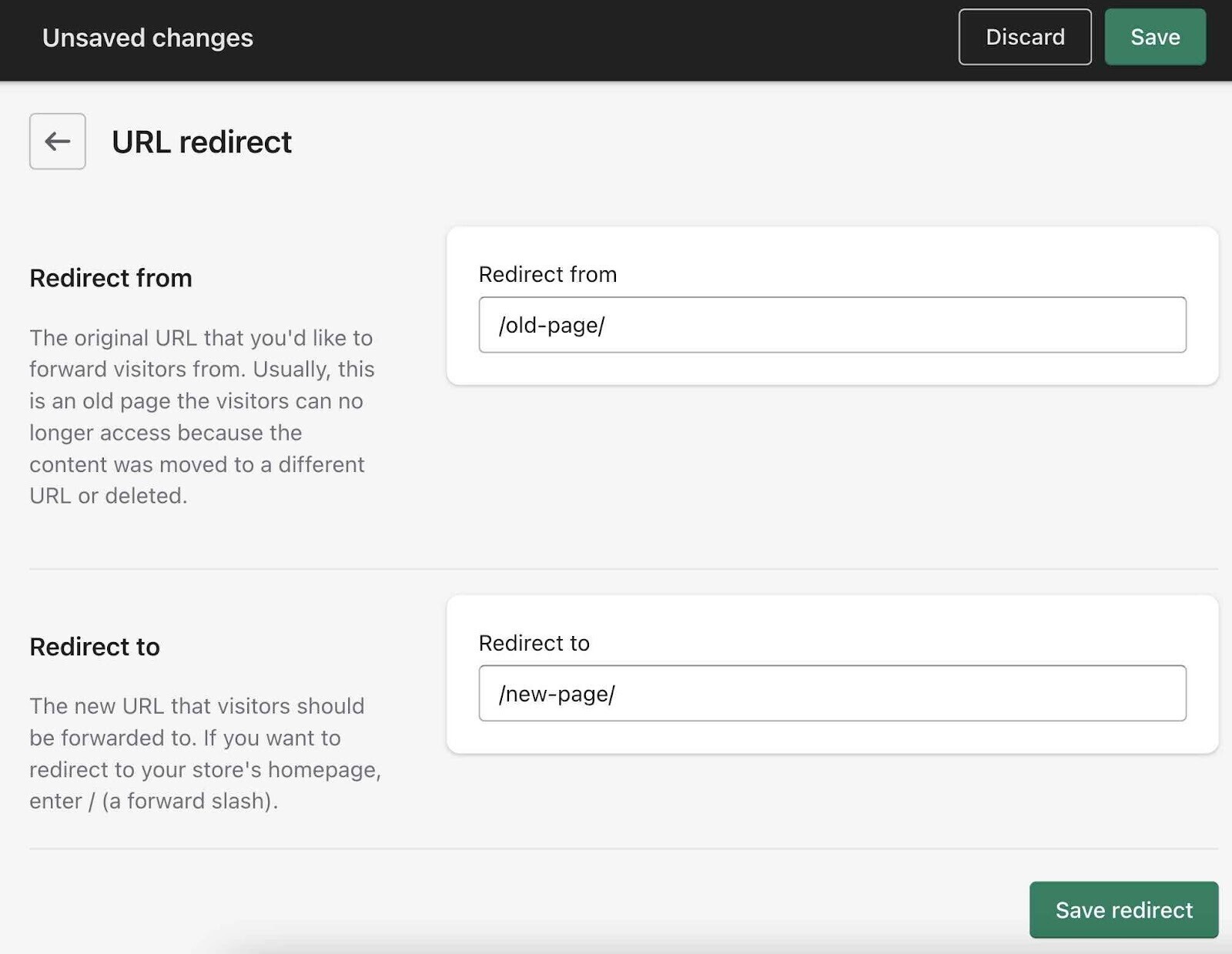Understanding Search Engine Optimization: The Ultimate Guide to Carrying Out 301 Redirect for Website Optimization
Wiki Article
Master the Art of Applying 301 Redirects for Better Search Engine Optimization Efficiency
Implementing 301 redirects is an essential element of web site monitoring that can dramatically influence SEO performance. The ability to seamlessly direct traffic from old URLs to new ones is vital for preserving online search engine positions and individual experience. Nevertheless, grasping the art of executing 301 redirects involves more than just basic redirection. It requires a deep understanding of ideal techniques, precise surveillance, and the capacity to repair usual problems that might arise. By diving into the subtleties of this procedure, website owners can open the complete capacity of their SEO techniques and ensure a smooth change for both customers and internet search engine alike.
Relevance of 301 Redirects
When taking into consideration site optimization, the significance of applying 301 redirects can not be overemphasized. A 301 redirect is a permanent redirect from one link to another. When a customer or online search engine bot attempts to access a web page that has been rerouted, they are immediately sent to the brand-new page without recognizing it. This is essential for keeping SEO worth as it ensures that the web link juice, rankings, and website traffic from the old web page are transferred to the brand-new one.
Establishing 301 Redirects
Provided the vital function that 301 redirects play in preserving SEO worth and boosting individual experience, establishing these redirects correctly is paramount for website optimization. To establish up 301 reroutes efficiently, begin by recognizing the Links that need redirection. This involves understanding which web pages have actually been eliminated or changed and drawing up the new destinations for these Links. Next, access your internet site's web server to execute the redirects. If you're using a content monitoring system like WordPress, this can be done with server-side configurations or using plugins. When creating the redirects, make certain that each old URL is redirected to the matching new link with a 301 status code, showing a long-term action. Furthermore, routinely check the performance of your redirects making use of tools like Google Look Console to determine any type of issues or errors that might occur. By faithfully setting up and monitoring 301 redirects, you can preserve search engine optimization equity, improve customer experience, and make sure that visitors are effortlessly routed to the best web content on your website.Ideal Practices for 301 Redirects
To ensure ideal performance and preserve SEO stability, adhering to ideal techniques when executing 301 redirects is essential. In addition, it is recommended to make use of 301 redirects rather of 302 redirects, as search engines analyze 301 redirects as an irreversible modification in address, moving the SEO value to the brand-new page. By complying with these best methods, internet sites can effectively take care of 301 redirects to enhance SEO efficiency and user fulfillment.Surveillance 301 Redirects Performance
Successfully tracking the effectiveness of 301 redirects is vital for keeping SEO performance and making sure a smooth user experience. To keep track of 301 reroutes efficiency, web designers can utilize tools like Google Browse Console to recognize any issues such as redirect loops, chains, or errors that might adversely influence SEO rankings. Frequently examining for crawl mistakes and monitoring the organic traffic patterns post-redirect application can supply useful understandings right into the success of the redirects.Furthermore, setting up proper analytics tracking, such as setting up particular goals or occasions in Google Analytics, can assist gauge the impact of 301 redirects on user behavior and conversions. This information can provide a comprehensive view of just how customers are connecting with the rerouted web pages and whether the redirects are successfully leading customers to the designated location.
Constant tracking and analysis of 301 reroutes performance enable prompt changes and optimizations to make sure that the redirects are efficiently serving their objective of preserving SEO equity and giving a smooth browsing experience for customers. 301 Redirect.
Troubleshooting Common 301 Redirect Problems
Keeping track of the efficiency of 301 redirects can expose common concerns that may prevent their efficiency in maintaining search engine optimization equity and individual experience. One common problem is redirect chains, where one redirect brings about one more in a series, triggering hold-ups in page loading and possibly affecting search engine optimization rankings. It is crucial to examine redirects consistently to determine and remove such chains. One more concern to look out for is redirect loopholes, where pages reroute to each other in a boundless loop, causing a poor individual experience and Home Page adversely impacting search engine optimization. Verifying redirect destinations is crucial to avoid such loopholes. Additionally, incorrect application of 301 redirects, such as utilizing short-lived redirects (302) instead of long-term ones (301 ), can bring about lost SEO worth. Making certain that all redirects are correctly set up as 301 redirects is essential for maintaining SEO equity. By fixing these usual redirect concerns promptly, site proprietors can maximize their search engine optimization performance and enhance individual fulfillment.Conclusion
In final thought, mastering the implementation of 301 redirects can significantly improve SEO efficiency by keeping web site web traffic flow and preserving search engine rankings. By recognizing the value of 301 redirects, setting them up correctly, following ideal techniques, checking their performance, and troubleshooting usual issues, internet site proprietors can make certain a seamless individual experience and maximize their online presence. It is crucial for organizations to prioritize the proper this content application of 301 redirects to boost their general SEO approach.Provided the crucial duty that 301 redirects play in preserving SEO worth and improving user experience, developing these redirects correctly is extremely important for web site optimization - 301 Redirect. Additionally, it is advised to utilize 301 reroutes instead of 302 redirects, as search engines analyze 301 redirects as a permanent modification in address, transferring the Search engine optimization value to the new web page. To keep track of 301 reroutes performance, web designers can utilize devices like Google Search Console to recognize any problems such as redirect loops, chains, or errors that might negatively affect SEO rankings. Additionally, incorrect implementation of 301 redirects, such as utilizing short-lived redirects (302) instead of irreversible ones (301 here ), can lead to lost SEO worth. Ensuring that all redirects are properly established up as 301 redirects is vital for preserving Search engine optimization equity
Report this wiki page